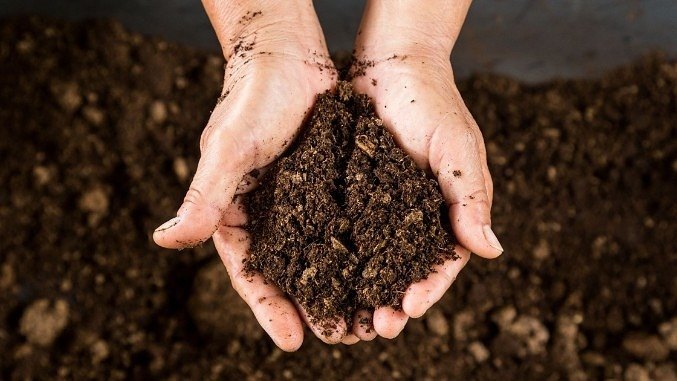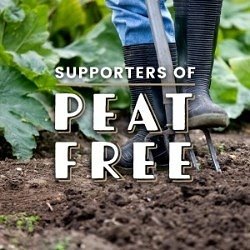
Peat vs Peat Free - Choosing the right Potting Compost
5 Minute Read
Potting composts are designed to be the best growing medium for plants. Peat has been used as a component because of its ability to retain water and nutrients. Nowadays, with more awareness around peat-bog depletion, and peat as a limited resource, many gardeners prefer to use peat-free composts.The benefits of peat-free compost
Peat-free composts are great for water retention but, for plants that require good drainage, adding a bit of grit and sharp sand to the mix will help support growth.
Most peat-free composts are carefully blended to provide optimum growing conditions and the quality and reliability continue to improve. Where necessary, a liquid feed can be used in conjunction with peat-free compost to boost nutrient levels.
If a potting compost is not labelled peat-free, it most likely contains some peat. Peat-free composts tend to be more expensive because they require more processing.
When choosing peat-free potting compost, be sure to follow the manufacturer’s instructions and be prepared to alter your watering and feeding patterns if you previously used peat-based products.
If you are concerned about peat use in your garden, you can also support reduction by buying only potted plants which have been grown in peat-free compost.
Most peat-free composts are carefully blended to provide optimum growing conditions and the quality and reliability continue to improve. Where necessary, a liquid feed can be used in conjunction with peat-free compost to boost nutrient levels.
If a potting compost is not labelled peat-free, it most likely contains some peat. Peat-free composts tend to be more expensive because they require more processing.
When choosing peat-free potting compost, be sure to follow the manufacturer’s instructions and be prepared to alter your watering and feeding patterns if you previously used peat-based products.
If you are concerned about peat use in your garden, you can also support reduction by buying only potted plants which have been grown in peat-free compost.

Peat factoids
“Peatlands contain one of the world's most important carbon stores - when they're drained the carbon is released back into the atmosphere where it contributes to global warming.”“Peatlands are important water stores, holding about 10 per cent of global freshwater; peat takes so long to form - it grows by about 1mm per year - that it cannot be regarded as a sustainable material. Commercial extractors typically remove up to 22cm of peat per year.”
“38 per cent of the peat used in the UK comes from within the UK, 56 per cent from the Republic of Ireland, 6 per cent from Northern Europe.”
“In 2008, the Growing Media Initiative scheme was launched, managed by the Horticultural Trades Association in conjunction with the Growing Media Association, DIY and Garden Centre retailers, Defra, the Royal Society for the Protection of Birds and the Royal Horticultural Society. It aims to increase awareness of the plight of the world's peatlands and the need to use more sustainable materials in gardens, and in so doing, develop a practical way forward to achieve peat-replacement in the UK.”
“Amateur gardeners use 66 per cent of the total peat consumed in the UK, most of it in growing media such as multi-purpose compost and growing bags.”

Shop peat-free compost
We stock a wide variety of peat-free composts from trusted brands to suit all gardening jobs, from planting seeds to potting on.Take a look at our range of peat-free composts and make the switch today!
BUY NOW

do the occasional bags purchased here or there of trying different manufactured bags of compost, to keep knowledgeable of whats on the market and see for myself if it
is better or worse then my own.
Reply